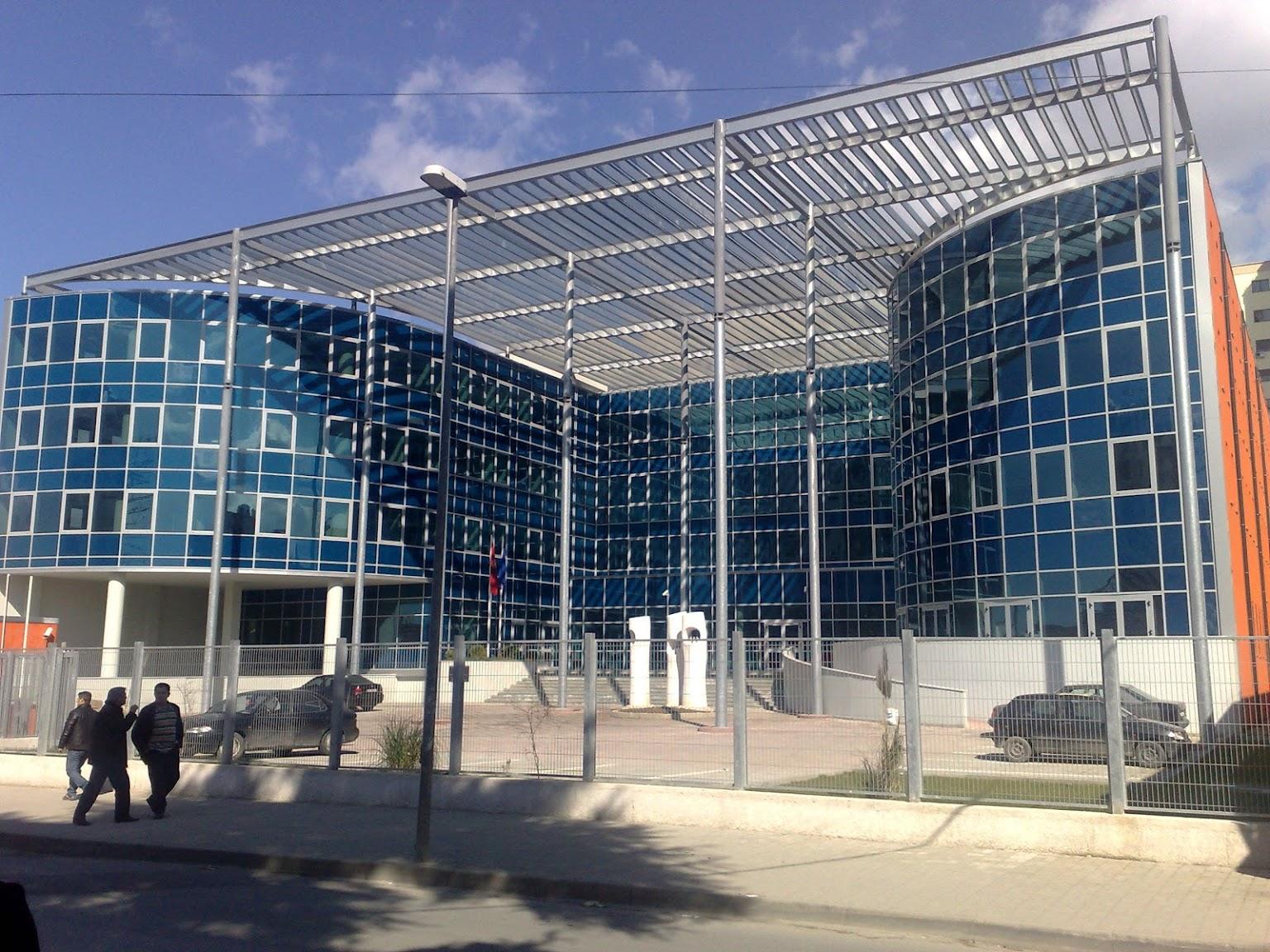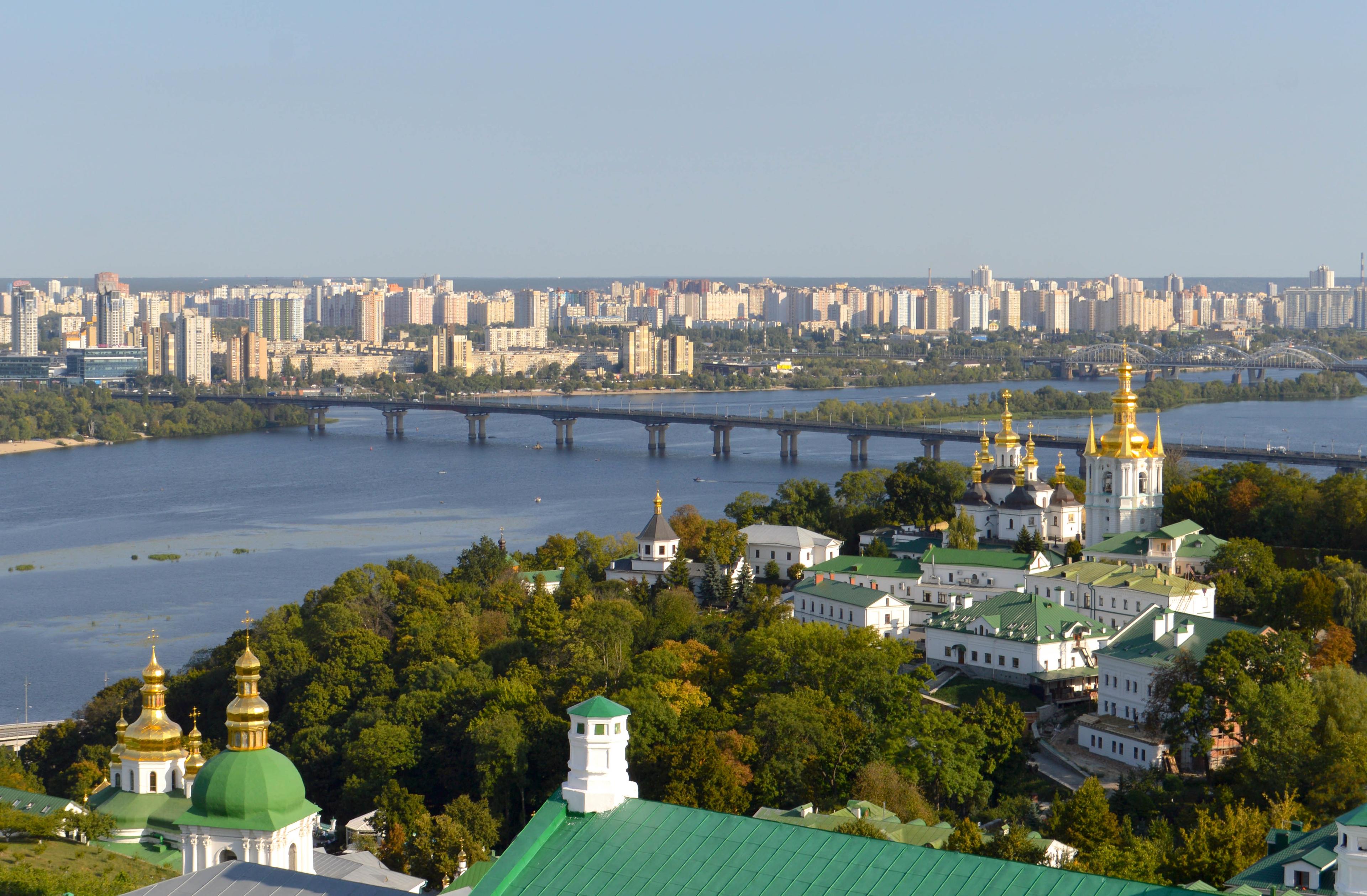Blog
The moment of reckoning for Croatia's anti-corruption system. Can lightning strike twice?

Croatia is approaching a pivotal moment in its history, as it prepares to achieve several milestones. The country will accede to the Eurozone on 1 January 2023, and likely the Schengen Area. It also recently began accession talks with the OECD. This will entail a review of Croatia’s adherence to numerous democratic and market economic standards, and successful accession would therefore provide concrete proof of how far the country has progressed from the authoritarianism and conflict that plagued it after independence.
However, amid all of this fanfare, the country is once again grappling with a major corruption scandal, implicating several government ministers. For Croatia’s anti-corruption institutions, this case will be a major test of their maturity. It will also determine whether elements of the Croatian anti-corruption framework are worthy of emulation elsewhere in the Balkans and further afield.
The Croatian model
Croatia has long struggled with problems of corruption, dating back to at least the large-scale privatisations of the 1990s. The issue subsequently became one of the main obstacles to the country’s EU accession, which it finally achieved in 2013 after substantial anti-corruption reforms. Since then, it has become an overlooked anti-corruption success story. Among other achievements, Prime Minister Ivo Sanader, who had only recently resigned, was convicted of corruption in 2012 and further convictions of high-profile officials have followed. Although these successes have not translated into deterrence against corruption, that could change if the courts are able to replicate their greatest success in convicting Sanader and hold a sitting government accountable for a second time.
Croatia’s pre-EU accession reforms may hold the key to its success. Before the 2009 reforms, the body responsible for prosecution of corruption in Croatia, the Bureau for Combatting Corruption and Organized Crime (USKOK) was struggling to make progress despite a high level of independence. In response, Croatia established specialised anti-corruption courts (SACCs) to address the problems of pervasive judicial corruption and a lack of specialised judicial knowledge, which were hampering the prosecutors’ ability to turn investigations into convictions. The same reforms also established an independent anti-corruption law enforcement body, PN-USKOK, to support USKOK’s work, creating further synergy on anti-corruption between different arms of the public administration.
These reforms fit into a global trend in anti-corruption institutional design, which has seen SACCs proliferate around the world. However, unlike nearby Slovakia and Bulgaria that established centralised courts for all corruption cases, Croatia opted for a decentralised model that has proven resistant to undue influence (or ‘capture’).
In Croatia, special anti-corruption units are located in the four largest county courts: Zagreb, Rijeka, Split and Osijek. They support the work of USKOK by acting as courts of first instance for cases in its jurisdiction. These include all acts of corruption, organised crime, international crime, economic crime, and abuse of office committed by high-level officials. This system has helped keep caseloads manageable by focusing only on offences committed by high-level officials and dividing cases between four courts. It has also mitigated the risk of institutional capture by involving a larger number of institutions.
Croatia’s anti-corruption track record
Since 2009, the specialised court units have helped reverse USKOK’s fortunes. They have brought a number of high-profile Croatian officials to justice, including numerous ministers and high-level civil servants. Their most notable conviction was that of former Prime Minister Ivo Sanader, who – despite overseeing many of the reforms strengthening USKOK – was found guilty of accepting 10 million Euros in bribes.
The decentralised model of the Croatian anti-corruption framework has also helped it resist attempts by Croatian elites to neuter it. For example, the embezzlement trial of the former executive director of the football team Dinamo Zagreb, Zdravko Mamić, revealed that an USKOK unit judge in the Osijek county court, Zvonko Vekić, had accepted bribes of 370,000 Euros to use his influence to produce more favourable outcomes for Mamić and his brother on three separate occasions.
However, due to the decentralised system, the capture of this one judge meant that the court units in the other three county courts could continue trying officials for corruption. When Vekić was himself sentenced to pre-trial detention as part of an investigation into his laundering of money from these bribes, it was the county court in Zagreb that ordered it, illustrating the strengths of geographic court decentralisation.
The existence of four separate courts for anti-corruption issues means that even if one is captured, it is unlikely to paralyse the entire system. While each USKOK court unit has its own geographic jurisdiction, the multi-jurisdictional nature of crimes like money laundering allows USKOK to engage in a form of ‘forum shopping’, helping it to avoid captured courts. In fact, USKOK first brought the case against Mamić to the court in Osijek with the blessing of the Supreme Court because of fears over his connections to judges in his home city of Zagreb.
The judiciary is the weakest link in Croatia’s anti-corruption framework: on ‘perceived independence’ it scored lowest in the EU in a recent Eurobarometer survey. The jurisdictional flexibility enjoyed by USKOK therefore safeguards it, to an extent, from some of the judiciary’s failings. The judiciary is not entirely within USKOK’s control, however. The Supreme Court, for example, retains the power to move cases between courts if it deems necessary, which is one of the many checks and balances present in the Croatian anti-corruption framework.
Similar checks and balances throughout the system allow the judiciary, prosecutors, law enforcement, civil servants and politicians to all check each other in different ways. This has reduced the system’s susceptibility to capture, since such an operation would require complex planning. For example, last year allegations emerged that USKOK Director Vanja Marušić was obstructing the investigation into a former minister for political reasons. PN-USKOK circumvented Marušić by referring the case to the European Public Prosecutor’s Office. This showed that the checks and balances of the anti-corruption system are effective and that, if necessary, the system can even function without USKOK.
New corruption cases: an opportunity for anti-corruption to prove its mettle
Despite these checks and balances, corruption in Croatia has remained a problem. In early 2022, USKOK made history by ordering the arrest of a sitting minister. Minister of Construction Darko Horvat stands accused of authorising illegal payments in a number of instances. The investigation has also implicated Deputy Prime Minister Boris Milošević. Both this scandal and the allegations of procurement rigging against former minister Gabrijela Žalac have called the integrity of the entire Plenković government into question. This timing is particularly inopportune as Plenković prepares to herald Croatia’s Eurozone and Schengen accession.
The ability of USKOK and judicial system actors more broadly to navigate the scandals engulfing the current government will prove an important test of the anti-corruption framework’s maturity. The courts must presume innocence, but if these officials are guilty, the ability of USKOK and the courts to bring them to justice will send a strong message. Convictions backed up by substantial fines and prison sentences would prove that the case of the Sanader government was not a one-off. This would in turn establish a pattern of consequences that could help deter future corruption as part of a broader effort to change societal norms around corruption.
From an institutional perspective, success for USKOK in these proceedings would also demonstrate that elements of the Croatian model – particularly its decentralised court structure and well-resourced, well-insulated prosecutorial agency – could be worth incorporating into the anti-corruption frameworks of other similar countries. This goes in particular for countries with high levels of judicial corruption.
Thus far, the Croatian system has not been lauded as ‘best practice’. For example, the Venice Commission, an advisory body of the Council of Europe that issues recommendations on rule of law issues, criticised the introduction of strict security checks for judges, prosecutors and staff working on anti-corruption cases just a few months ago. They argued that such checks infringed on judicial independence and the right to privacy.
However, in contexts in which the judiciary is highly corrupt, meaningful checks on it must remain in place, just as they must for politicians, even if better solutions for screening judges might exist. This is certainly a difficult balancing act, but thus far, Croatia’s complex checks and balances have helped prevent the capture of any one institution from paralysing the entire anti-corruption system.
If USKOK successfully prosecutes this latest batch of cases, the Croatian anti-corruption framework will have proven itself capable of addressing corruption offences committed by a sitting government, presenting a striking contrast to the lacklustre performance of more centralised SACCs in other countries. As SACCs proliferate across Central and Eastern Europe, Croatia could provide important lessons for its neighbours on how to design an effective anti-corruption framework. However, this will all hinge on the ability of USKOK, the courts, and law enforcement to withstand immense pressure from Croatian society as they adjudicate the guilt of high-profile officials within a government that has helped Croatia achieve several historic milestones.
Disclaimer
All views in this text are the author(s)’, and may differ from the U4 partner agencies’ policies.
This work is licenced under a Creative Commons Attribution-NonCommercial-NoDerivatives 4.0 International licence (CC BY-NC-ND 4.0)


